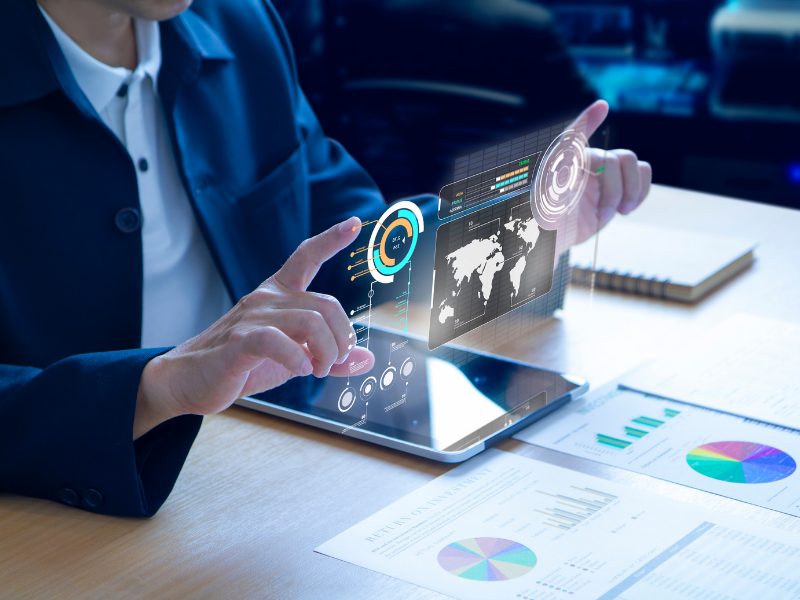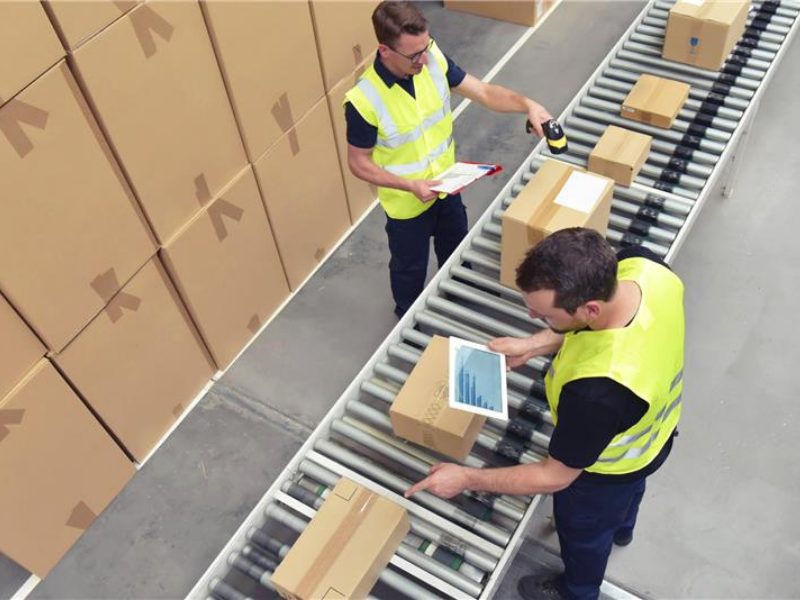Management platforms help detect route deviations, reduce errors, and protect sensitive equipment during transit.
International trade has become increasingly complex, characterized by numerous logistical stages and strict standards. As a result, electronic cargo monitoring has become a fundamental tool for protecting shipment integrity. The use of sensors, ERP platforms, and traceability systems is now indispensable for safeguarding highly sensitive equipment, anticipating incidents, and meeting customers’ expectations and regulatory requirements.
Threats within the logistics chain—such as theft, inventory tampering, or damage due to poor handling conditions—have prompted the adoption of technology that allows continuous oversight throughout every stage of transport. In parallel, the expansion of e-commerce and rising customer demand for real-time updates have further intensified this need.
Technology to Safeguard Cargo
Implementing monitoring technology is advisable for shipments where the value or level of risk warrants it. There are four key scenarios where its application proves particularly effective:
High-Value or Highly Sensitive Shipments
When a shipment contains expensive items or highly sensitive technology, investing in tracking tools becomes a logical choice. Fragile or high-cost equipment requires an added layer of protection, and monitoring systems help detect abnormal conditions before they cause irreversible damage.
Time-Sensitive or Strategic Shipments
When cargo must arrive without delay, such as spare parts needed to restore a data center or equipment for a live event, tracking becomes a key operational tool. It helps identify delays, prioritize customs clearance, and even initiate early replacement shipments if issues arise.
Challenging Routes or High-Risk Areas
If the route passes through areas with elevated risk—due to crime, conflict, or adverse weather—constant supervision is essential. Devices equipped with GPS and internal sensors confirm that the shipment remains intact. If a truck stops at an unauthorized location, the system triggers an alert. The same applies if container conditions shift during extended maritime transit.
Traceability and Oversight Across the Tech Supply Chain
Aerodoc has developed an internal system that enhances monitoring at every stage of the supply chain. It operates on a SAP-based ERP platform, tailored specifically to the sector’s needs. This portal allows customers to track the location and status of their products, place orders, and manage shipments.

A key feature within the system is designed specifically for managing technology kits. This functionality consolidates components from different origins into a single shipment package. As explained by Estefanía Sisatzky, EVP of OPS & Customer Experience at Aerodoc, these kits were developed specifically to meet the needs of clients in the technology sector.
“The inventory is cataloged by item, components are grouped, and the shipping process is simplified,” Sisatzky explained. One example is satellite kits, which include antennas, cables, tripods, amplifiers, and other necessary parts. Aerodoc assembles these kits using supplies from multiple vendors and dispatches them as a single unit.
This system accelerates processing times and reduces errors. “Through Aerodoc’s portal, the customer selects a preassembled kit without having to choose each component individually,” Sisatzky added. This helps prevent the arrival of incorrect parts or missing critical items. Customers can also view real-time stock availability for each kit and make informed decisions accordingly.
Cecilia Sandoval, Chief of Staff at Aerodoc, emphasized that the system improves component traceability. “Consolidating all the necessary elements into a single operational kit simplifies both tracking and receipt,” she explained.
Additional Features of Aerodoc’s Portal
Aerodoc has also customized its SAP system to register not only part numbers but also multiple serial numbers per device, a key capability for industries where a single unit may carry several associated serial numbers.
Traceability becomes even more relevant in scenarios that entail reverse logistics or asset management. Sisatzky cited the example of a customer returning a defective device: the system logs the serial number of the returned unit, which is then sent to a repair center. In the meantime, a replacement device is delivered to the customer. Once the original is repaired, the substitute is returned to inventory.

This entire process involves international movements, including temporary imports and exports. For the system to function properly, it must accurately log the location of each device, the customers who used it, when it was returned, and its condition.
At the same time, Aerodoc’s technology also supports large-scale distribution in sectors such as broadcasting. For instance, when a company imports 2,000 encoders to be shipped to 2,000 different addresses, it must know exactly which serial number is assigned to each destination. Aerodoc’s system allows that data to be preloaded and automatically notifies the customer once each unit has been delivered. This approach provides full traceability, reduces the margin of error, and simplifies the execution of projects involving multiple delivery points.
If you want to learn more about Aerodoc’s services, contact our team.
Q&A
- What types of sensors are most effective for monitoring cargo in international shipments? Temperature, humidity, vibration, and GPS sensors are the most effective for monitoring international cargo. They enable real-time detection of critical environmental conditions, physical impacts, and unauthorized route deviations.
- How are cargo monitoring systems integrated with ERP platforms in global logistics? Integration is typically achieved via APIs that connect IoT sensors with ERP systems, enabling real-time synchronization of cargo location, status, and traceability data across the entire supply chain infrastructure.
- What is the ROI of implementing monitoring technology in international supply chains? The ROI is evident through reduced losses from damage or theft, improved operational efficiency, and enhanced customer satisfaction due to continuous visibility and proactive issue management.
- What international regulations impact the deployment of cargo monitoring technologies? Regulations such as FDA (U.S.), CE (Europe), and IATA guidelines govern the use of tracking technologies, requiring compliance in areas like data transmission, equipment handling, and cargo security during international transit.




